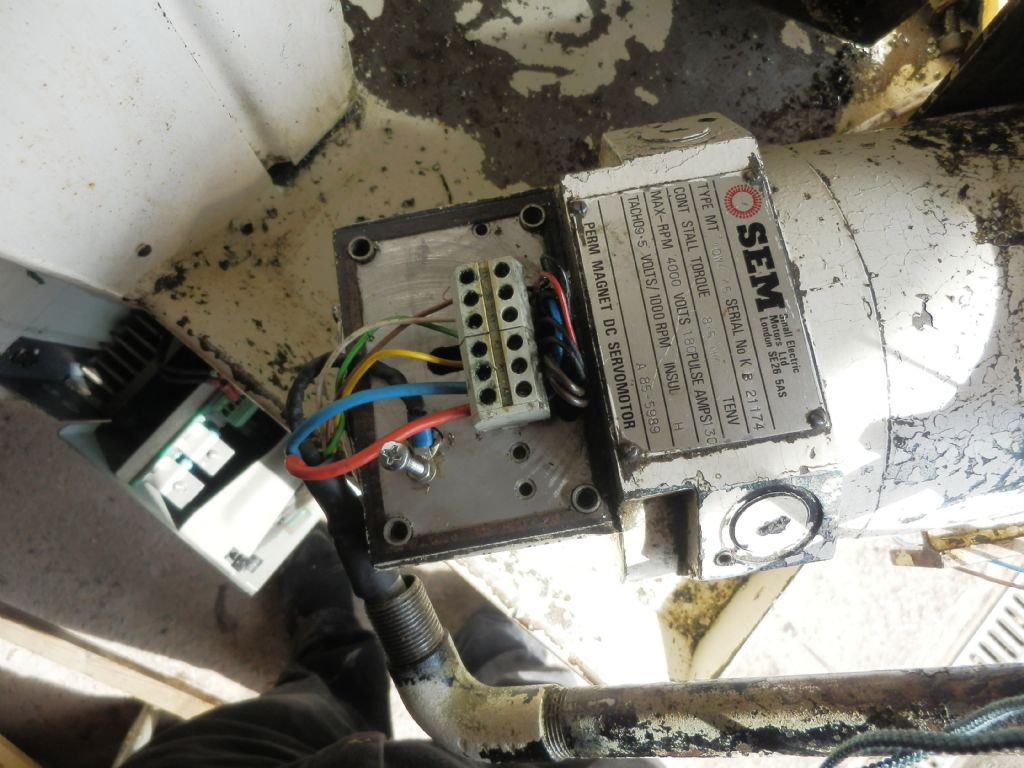Posted by not done it yet on 25/03/2020 08:13:23:
The best information channel for inverters is the instruction manual for that particular inverter – they are not all the same.
Clearly some of them require extensive prior reading around the subject to make sense to the programmer (or sufficient knowledge of which parts of the programming is appropriate to their particular use of the product).
If the person who buys it is not competent to fit it the best advise is to get someone (who does) to install it and/or show them how to do it.
Picking up on NDIYs instruction manual and ease of installation points a simple report covering :-
1) what are you using it on
2) make, model and date of purchase
3) cost
4) how easy the instruction manual was to follow
5) how easy was it to connect and mount the device (some have very little room for the wires and tucked away fixing holes that is almost impossible to get a screwdriver straight onto the screw head)
6) did it work straight out of the box
7) if not, how easy was it to get the parameters right
8) optional advanced user comments on doing more than just basic run the machine set-up
9) if you had problems how helpful was the supplier
8) likes, dislikes and "the little issue that drove / drives you nuts"
9) bottom line are you happy wih how well it works and would you buy another
10) comments such as why you chose that one et al
would probably be helpful in making the appropriate choice.
Probably best organised as a topic folder with threads for each inverter model covered so folk could chime in with assistance on anything tricky. Needs to be strongly moderated of course.
Maybe supplier rating too.
The combination of technological advances and low cost of Far East imports means that most normal folk have no feel for the price / performance ratio of these boxes. As we generally need to make every £ do the work of 5 (or even 10) its awfully tempting to try and buy a little too far down market. When you do that all the trimmings that make life easy are the first to go.
For the size of device we are likely to use the price differential between inexpensive but not "too cheap to trust" import "no name" VFD boxes from "never heard of them" suppliers and a branded one from folk like Inverter Drive Supermarket is in the weekly shop or two territory. So it's getting hard to justify buying unbranded from a box shifter. Better to save up for a bit longer than risk being frustrated by making an inappropriate choice.
With a well chosen modern device installation isn't a problem.
The last two I installed were an Eaton DE1 and a Schneider-Altivar-ATV12.
The Eaton is designed to be a near direct replacement for a standard contactor and was pretty much as easy to install. Ideal for running my car lift. Just press the start button and it goes. Small enough to fit in the main box too. Just add switches (and a potentiometer if you want more than a fixed speed or two). But it doesn't have a display so you need a calibrated dial if using speed control.
The Schneider was effectively just as easy. No need for switches this time if you run it off the front panel but but it did need running down a simple set up choice menu including one to do its vector setting thing. The easy set-up manual on the Eaton was sufficient, the Schneider manual is good and easy to follow but Inverter Drive Supermarket have their own uber-easy "just follow the steps" version. Hafta say the IDS set-up manual was actually too easy for a guy like me with some experience. Started thinking about things instead of just doing it and had to start over!
Clive
Edited By Clive Foster on 25/03/2020 10:04:32
Edited By Clive Foster on 25/03/2020 10:05:00
Edited By Clive Foster on 25/03/2020 10:06:46
Edited By Clive Foster on 25/03/2020 10:08:01
Edited By Clive Foster on 25/03/2020 10:08:40
Edited By Clive Foster on 25/03/2020 10:30:01
Manofkent.





